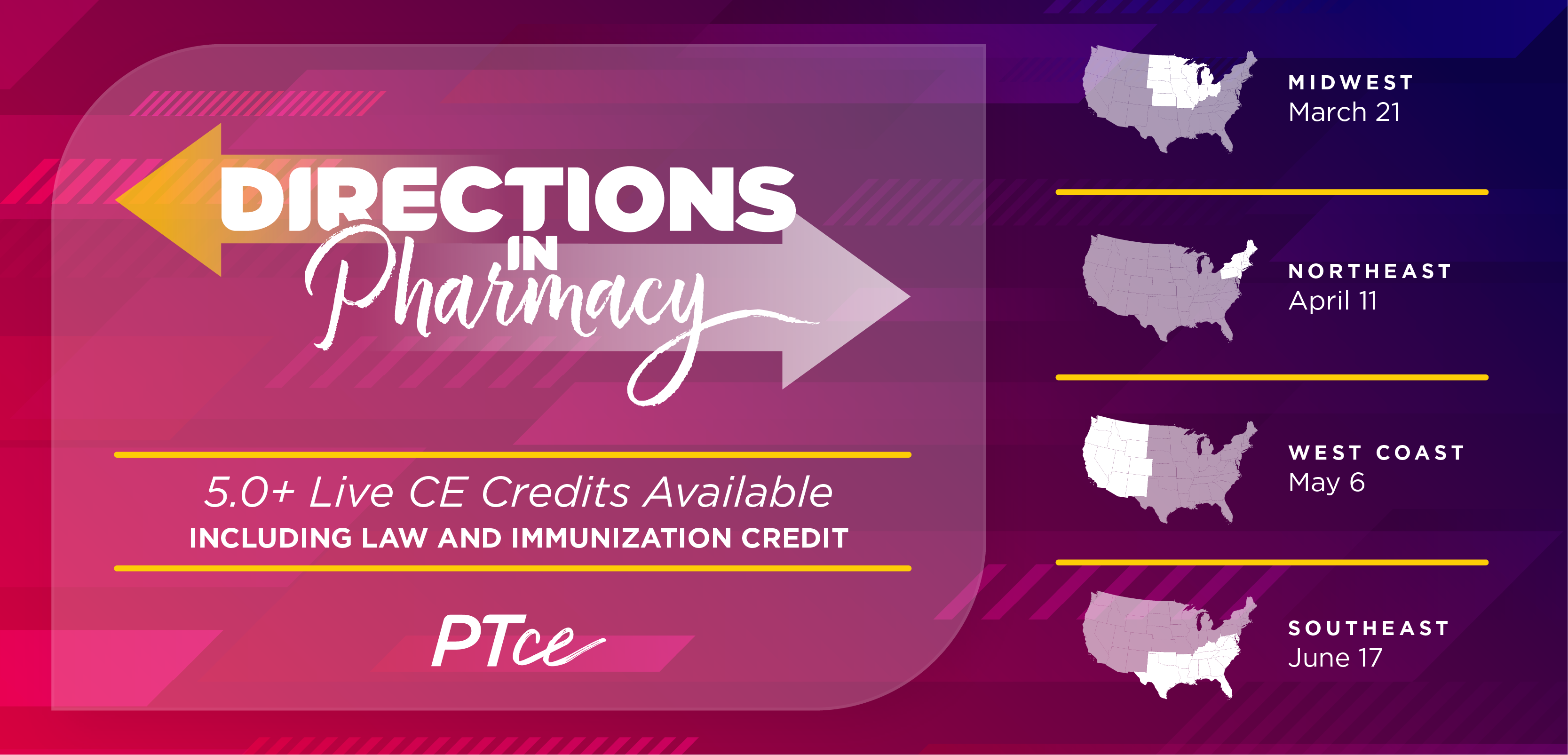
Expanding Access: Digital Therapeutics and the Evolving Role of Pharmacists
Expert explores the expanding role of FDA-approved Prescription Digital Therapeutics (PDTs).
In an interview with Pharmacy Times®, Areo Nazari, PharmD, CEO at CaryHealth, discussed how prescription digital therapeutics (PDTs) are FDA-approved, software-based treatments that offer alternatives or complements to traditional therapies. He emphasized that broader access—particularly through Centers for Medicare & Medicaid Services (CMS) coverage—is crucial for their growth and acceptance. Nazari highlighted the importance of a seamless digital infrastructure for onboarding, educating, and delivering PDTs to patients. He also noted that pharmacists will play a key role in supporting digital prescriptions and engaging in Remote Therapeutic Monitoring (RTM).
Pharmacy Times: Can you give a brief overview of PDTs?
Areo Nazari, PharmD: PDTs are digital or software-based treatments that are approved by the FDA to treat disease. It's cognitive behavioral therapy packaged as a digital experience. Typically, that digital experience means a mobile app, web app, or, in some cases, even tablets. I've even seen VR experiences, so it can be packaged in any type of digital experience.
Pharmacy Times: What would the passage of the Access to Prescription Digital Therapeutics Act mean for the growth of PDTs?
Nazari: It would be huge. Really, the largest hindrance to the growth of PDTs has been formulary coverage. Getting this passed would mean broadening coverage within CMS, and then, hopefully, private insurers would follow suit. CMS leads the way when it comes to new therapies and approval, so hopefully, this means broadening access to both private and government-based insurers.
Pharmacy Times: Why are digital therapeutics gaining traction now, and what infrastructure advancements are making them easier to prescribe, fill, and reimburse?
Nazari: As far as getting traction today, I would say it's an alternative to traditional treatment. It gives you not only a standalone treatment you can use that's digital, but also something that can be used in conjunction with therapy. That's something we're seeing with the passage of PDTs by the FDA—the idea of a companion app. So, I would say it's both an alternative and an issue of accessibility. It's something that could be easily accessed by someone, whether they're in a city or a rural environment.
Accessibility is also critical, and it's important to get PDTs in the hands of Americans who want to try something that's an alternative to pure medication—something that's safe, effective, and very easy to use.
As far as the other question—on infrastructure—look, I mean, they're digital therapeutics, so they need to be handed off to patients in a digital manner. The digital experience before even getting to the therapy is also very important. You want to make sure you're able to activate patients, onboard them, and educate them on what the digital therapeutic is.
It's very important to have a seamless digital experience to onboard patients to that digital therapeutic. That's something we do today. We've built the pipes end-to-end—from the prescription being received to automating onboarding and getting patients on. What we do is create a very nice UI/UX digital experience so we can onboard patients, receive payment, and then hand them off to the digital therapeutic. Typically, it's a white-labeled experience, so it has the look and feel of that digital therapeutic throughout the entire experience.
Pharmacy Times: What is the future role of pharmacists as digital prescriptions become standard care?
Nazari: There will be more questions, and pharmacists are in a prime position to answer those questions. But beyond that, I think it introduces a new opportunity for the practice of pharmacy.
Remote Therapeutic Monitoring, or RTM, is obviously a growing field. The expansion of digital therapeutics introduces this whole new opportunity for pharmacists to be involved—not only in delivering prescriptions for digital therapeutics or other therapeutics, in the case of PDTs and companions—but also now in helping monitor the efficacy of digital therapeutics and getting more intimately involved with RTM.
Newsletter
Stay informed on drug updates, treatment guidelines, and pharmacy practice trends—subscribe to Pharmacy Times for weekly clinical insights.














































































































































































































